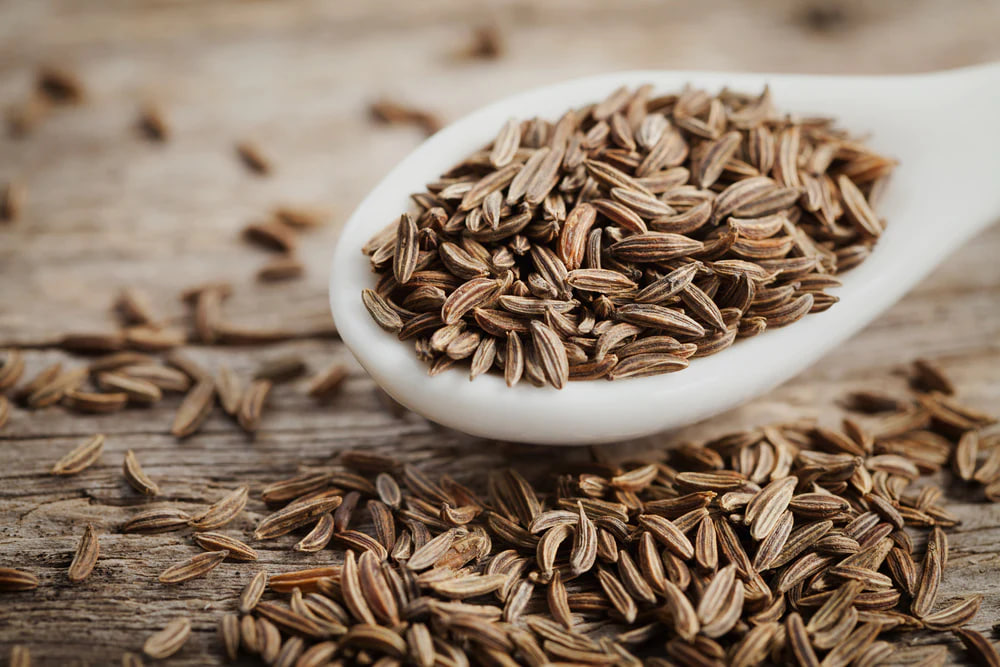Free Courses Sale ends Soon, Get It Now


Free Courses Sale ends Soon, Get It Now



Copyright infringement not intended
Context: Jeera prices have been soaring in the past few months, reaching record levels in the wholesale markets.
Details
What are the reasons behind this unprecedented price spike?
Effect of the high price
Cumin Cultivation in India
About
Climatic and Soil Requirements for Cumin Cultivation
Way Forward
Conclusion
© 2024 iasgyan. All right reserved